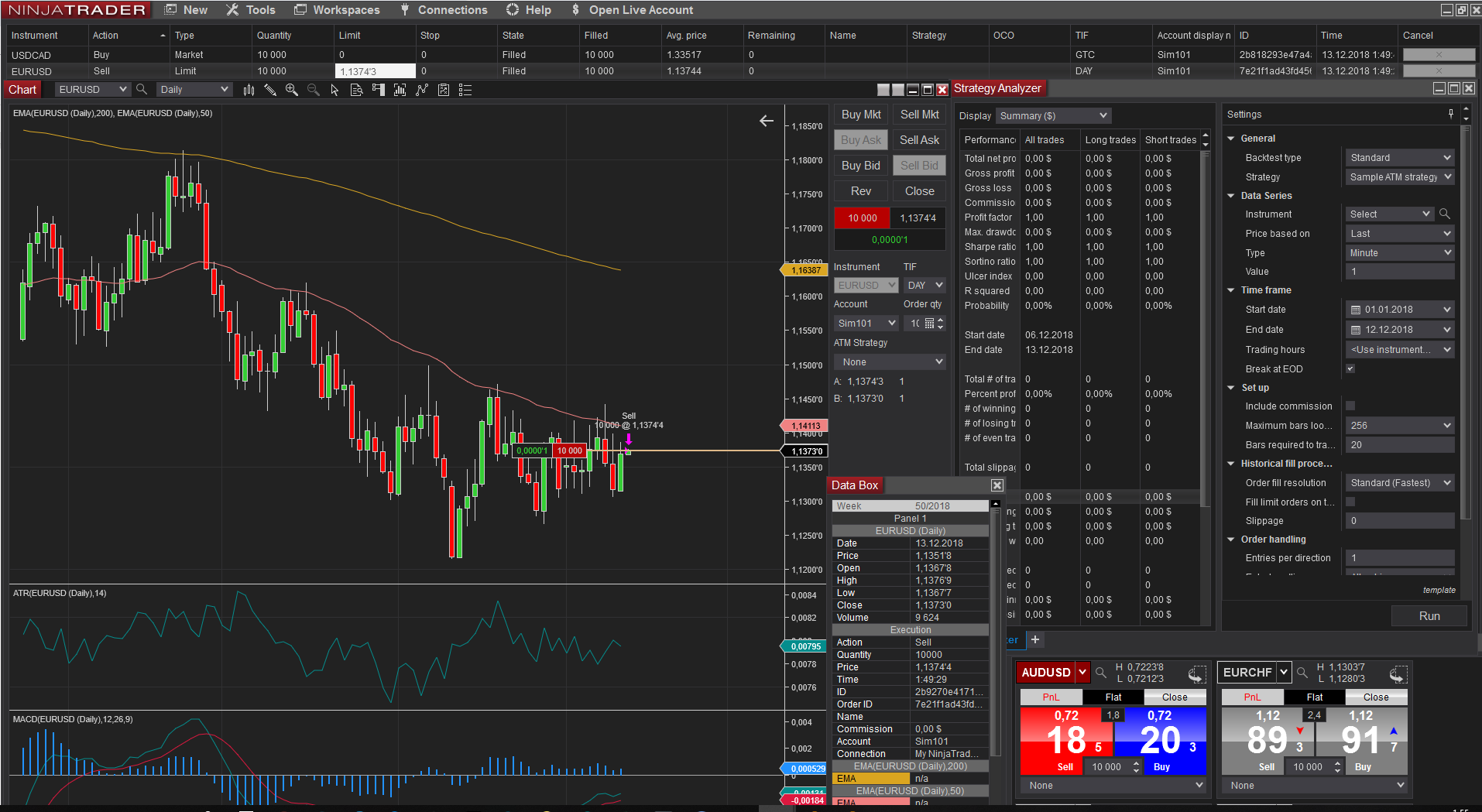Beginning with Novice becoming Pro: Your Forex Trading Journey
Embarking on your Forex trading journey is both both exciting and intimidating. The currency exchange market, or Forex, is the biggest and most active market in the world, where currencies are exchanged around the clock. Whether you aim to make a little extra money on the side or striving to become a professional trader, grasping the basics is essential. This guide is crafted to guide you through everything from the basics of Forex trading to more advanced strategies that can assist you in developing a successful trading career.
As you navigate this dynamic market, you will face various concepts and strategies, from learning how the Forex market works in simple terms to diving into the mindset of a successful trader. Throughout your journey, it is crucial to grasp important factors such as risk management, strategic trading plans, and how market news impacts trading dynamics. By understanding these fundamentals, you will be equipped to make smart choices and enhance your trading skills, eventually moving from a novice to a professional.
Understanding the Forex Marketplace
The Forex market, also known as the Forex market, is a worldwide distributed marketplace for exchanging national currencies in relation to one another. It is the most extensive capital market in the world, with an average volume of trades each day surpassing six trillion USD currency units. This venue runs 24 hours, five days a week, allowing investors from all areas of the planet to participate without being confined by time zones.
National currencies are traded in couples, indicating the value comparison of one unit of currency to another. For illustration, the EUR/USD pair reflects how many US dollars are required to purchase one euro. Market participants study these pairs of currencies to spot movements and decide wisely. Major currency pairs are the most commonly exchanged and include currencies like the US Dollar, currency unit, and Japanese Yen, while lesser and unusual currency pairs can offer various possibilities and hazards.
Comprehending how economic factors, political conditions, and market mood influence the value of currencies is vital for profitable exchange. Economic news, such as employment updates or rate changes, can lead to substantial fluctuations in the Forex market. Market participants must keep updated to market calendars and news feeds, as these occurrences can provide understanding that affect their trading plans and choices.
Crucial Foreign Exchange Trading Strategies
To prosper in the volatile world of Foreign Exchange trading, it is important to embrace efficient tactics that align with your investment style and volatility tolerance. One commonly-used method is the trend-based strategy, which entails analyzing market trends and executing trades that align with the identified trend. Traders often employ technical indicators, such as moving averages, to confirm movements and make informed choices. This approach demands perseverance and a sharp eye to spot the optimal entry and exit points, enhancing gains while minimizing risks.
Another well-regarded strategy is range-bound trading, which concentrates on identifying currency points where a pair tends to fluctuate between buying and selling. Traders using this method purchase at the lower boundary and sell at the resistance level. This tactic can be especially effective in consolidating trends, where values do not display a clear direction. Understanding the key points and employing tools like oscillators can boost the success of this approach, allowing traders to exploit short-term price movements.
Scalping is a swift strategy suitable for those who excel on rapid decision-making. Traders aim to make small profits from numerous trades throughout the day, necessitating a firm understanding of market dynamics and superb execution speed. This approach often involves leveraging high-frequency transactions and capitalizing on small variations in exchange rates. However, it’s important to handle uncertainty meticulously, as the high volume of trades can also lead to major losses if not handled properly.

Risk Control and Psychological Aspects of Trading
Profitable Forex trading is not only about finding the appropriate methods and analysis; it also significantly relies on efficient risk management. Traders must define clear risk guidelines, including position sizing and the use of stop-losses. This ensures that drawdowns are managed and do not significantly impact the overall trading capital. Ultimately, a trader should expose only a small percentage of their account on any single trade, which allows for longevity in the market even amidst sudden fluctuations.
Beyond risk management, trading psychology plays a crucial role in achieving consistent success. Feelings such as fear and greed can lead to hasty decisions that deviate from a solid trading plan. It is important for traders to build discipline, maintaining calmness during market fluctuations. Understanding and controlling one’s emotions can significantly improve the decision-making process and lead to superior outcomes.
In conclusion, incorporating a trading journal can improve both risk management and emotional strength. By documenting trading events, reflections on emotional states, and outcomes, traders can discover patterns in their behavior. Website link of oneself enables the modification of strategies and mental attitudes, leading to enhanced decision-making and increased overall success in the competitive Forex market.